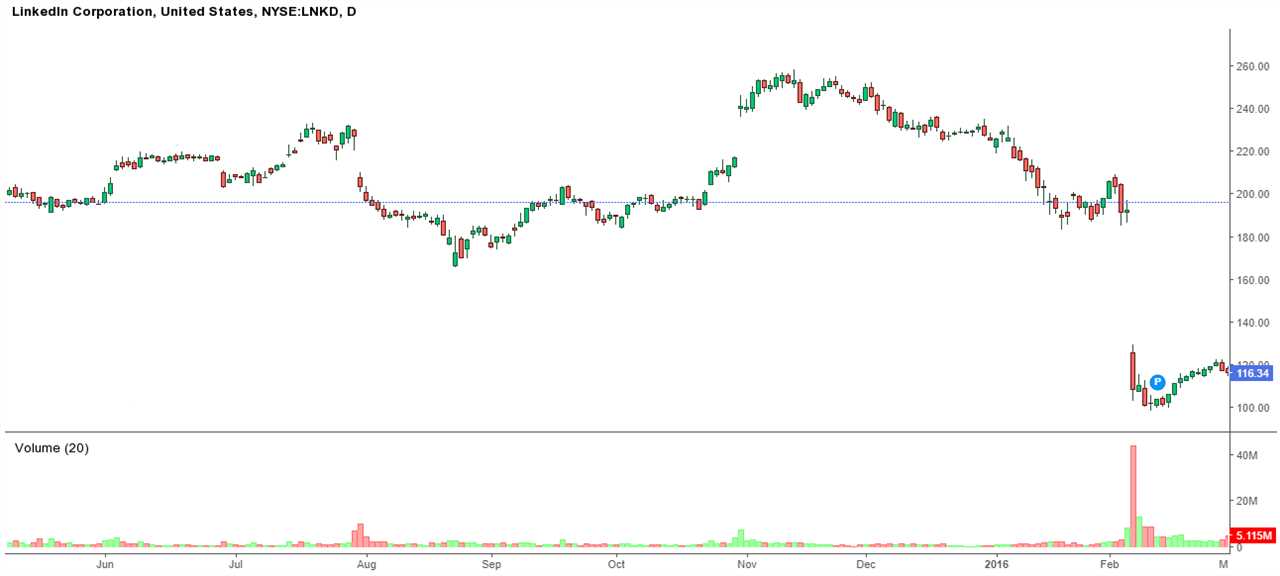Benefits of After-Hours Trading

After-hours trading refers to the buying and selling of stocks outside of regular market hours, which are typically from 9:30 AM to 4:00 PM Eastern Time. While after-hours trading may not be as active as regular trading hours, it offers several benefits for investors.
1. Extended Trading Opportunities: After-hours trading allows investors to take advantage of news and events that occur outside of regular market hours. This can be particularly beneficial for traders who want to react quickly to earnings releases, economic reports, or other market-moving news.
2. Access to Global Markets: After-hours trading provides access to global markets, allowing investors to trade stocks listed on international exchanges. This opens up opportunities to diversify portfolios and take advantage of market movements in different time zones.
3. Flexibility for Busy Investors: After-hours trading offers flexibility for investors who may not have the time to trade during regular market hours due to work or other commitments. It allows them to participate in the market and make investment decisions at their convenience.
4. Potential for Increased Liquidity: While after-hours trading may have lower trading volumes compared to regular market hours, it can still provide sufficient liquidity for investors. This means that investors can buy or sell stocks at competitive prices, even outside of regular trading hours.
5. Reduced Competition: After-hours trading typically has fewer participants compared to regular trading hours. This can result in reduced competition and potentially better prices for investors. However, it is important to note that lower trading volumes can also lead to wider bid-ask spreads, which may impact execution prices.
6. Pre-Market Trading: After-hours trading also includes pre-market trading, which occurs before the regular market opens. This allows investors to react to overnight news or events that may impact stock prices. Pre-market trading can provide valuable insights and opportunities for investors to adjust their positions before the market opens.
Risks of After-Hours Trading

1. Limited Liquidity: One of the main risks of after-hours trading is the limited liquidity in the market. During regular trading hours, there is typically a higher volume of buyers and sellers, which ensures that trades can be executed quickly and at fair prices. However, during after-hours trading, the number of participants is significantly reduced, leading to lower liquidity. This can result in wider bid-ask spreads and increased price volatility.
2. Higher Volatility: Due to the lower liquidity, after-hours trading is generally more volatile compared to regular trading hours. This means that prices can fluctuate more rapidly, leading to potential losses for investors. Sudden news announcements or events that occur outside of regular trading hours can have a significant impact on stock prices, causing sharp price movements.
3. Limited Information: Another risk of after-hours trading is the limited availability of information. During regular trading hours, investors have access to real-time news, company announcements, and analyst reports that can help inform their trading decisions. However, after-hours traders may not have access to the same level of information, which can make it more difficult to make informed trading decisions.
4. Higher Costs: After-hours trading often comes with higher costs compared to regular trading hours. Some brokers charge additional fees for executing trades outside of regular trading hours. Moreover, the wider bid-ask spreads during after-hours trading can result in higher transaction costs for investors.
5. Lower Order Control: During after-hours trading, investors may have limited control over their orders. Market orders, which are executed at the best available price, may be filled at prices significantly different from the last traded price. Additionally, stop-loss orders may not be triggered if the stock price gaps down or up during after-hours trading, potentially leading to unexpected losses.
6. Lack of Pre-Market Trading: While after-hours trading allows investors to trade outside of regular trading hours, it does not provide the same opportunities as pre-market trading. Pre-market trading allows investors to react to news or events that occur before the market opens, which can be advantageous in certain situations. After-hours trading, on the other hand, only allows investors to react to news or events that occur after the market closes.
Real-Life Examples of After-Hours Trading
After-hours trading refers to the buying and selling of stocks outside of the regular trading hours, which are typically between 9:30 am and 4:00 pm Eastern Time. While after-hours trading offers several benefits, such as increased flexibility and the ability to react to news events, it also comes with its own set of risks.
Here are some real-life examples that illustrate the potential benefits and risks of after-hours trading:
1. Apple Inc.
On July 30, 2020, Apple Inc. reported better-than-expected quarterly earnings after the market closed. As a result, the stock price surged by more than 6% in after-hours trading. Investors who participated in after-hours trading were able to take advantage of this positive news and potentially profit from the price increase before the market opened the next day.
2. Tesla Inc.
In August 2018, Tesla Inc. CEO Elon Musk tweeted about taking the company private at $420 per share. This tweet was sent outside of regular trading hours and caused a significant increase in Tesla’s stock price in after-hours trading. However, it was later revealed that Musk’s tweet was misleading, and the stock price plummeted when the market opened the next day. Investors who bought Tesla shares during after-hours trading based on Musk’s tweet suffered significant losses.
3. Facebook Inc.
In July 2018, Facebook Inc. reported disappointing quarterly earnings after the market closed. As a result, the stock price dropped by more than 20% in after-hours trading. Investors who participated in after-hours trading were able to react to this negative news and potentially sell their shares before the market opened the next day, avoiding the substantial loss in value.
These examples highlight the potential benefits and risks of after-hours trading. While it can provide opportunities for investors to react to news events and potentially profit from price movements, it also exposes them to the risk of significant losses if they make trading decisions based on misleading or inaccurate information.

Emily Bibb simplifies finance through bestselling books and articles, bridging complex concepts for everyday understanding. Engaging audiences via social media, she shares insights for financial success. Active in seminars and philanthropy, Bibb aims to create a more financially informed society, driven by her passion for empowering others.
